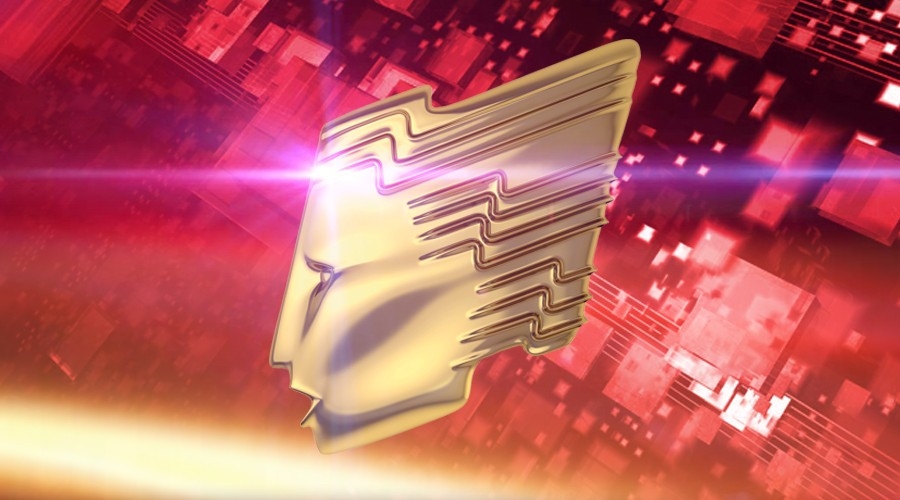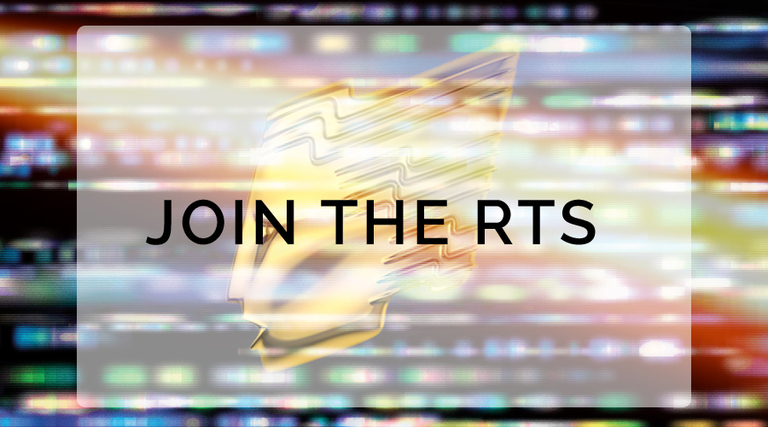A one day 3D introductory course organised in conjunction with Sony
Event Summary
A one day 3D introductory course organised in conjunction with Sony
Organiser Details
This one-day course starts at 9:30 and finishes around 16:30. Lunch will be provided. The venue for this course is the new 3D training facility at Sony's HQ at Viables in Basingstoke. Directions can be found by clicking here.
Further Information
This course covers the following topics:
The history of 3D
The course starts with a review of where 3D came from. It shows 3D has been around for a lot longer than many people really believe. It also shows that there is very little that is new in 3D, and that many of the ideas and technologies have been tried before.
This includes :-
- Early principles from Gallen to Brewster.
- The Stereoscope.
- Viewmaster.
- 1960s : The heyday of 3D movies.
- Modern 3D applications.
- Depth cues
This section explains the eight depth cues our eyes and brains use to estimate depth. It shows how we search for information based on these cues and combine the information to build a mental image of the world around us.
This includes :-
- Summary of the eight depth cues.
- Where depth cues are used.
- How depth cues can be combined.
- How conventional technology fails to include 3D.
- The basic 3D production chain
This part of the course summarises a typical 3D production chain from camera to screen.
This includes:-
- 3D capture and cameras
- Signal routing.
- Editing and post-production.
- Archive and storage.
- Transmission and distribution.
- Viewing 3D.
- Capturing a scene in 3D
This part of the course explains how 3D is captured. It explains the camera setup required, what common mistakes could be made, and how to manipulate the captured scene.
This includes:-
- Integrated versus rigged cameras
- Rig designs
- Positive and negative parallax.
- Object placement.
- Common rig errors.
- Manipulating the 3D scene.
- Maintaining depth budgets.
- The 3D rig
This part of the course will look at a typical 3D rig. Delegates will be asked to construct a complete 3D rig, from two individual cameras.
This includes :-
- Rig acclimatisation and survey.
- Mounting the rig to a tripod.
- Selecting cameras and lenses.
- Fitting the cameras.
- Fitting mirrors.
- Mechanical alignment.
- Establishing lens control.
- Electrical and signal connection.
- Editing and post-production in 3D
This part of the course summarises the procedures required for making a programme in 3D.
This includes :-
- Introducing the stereographer.
- Camera engineering in 3D.
- Live production in 3D.
- 3D and non-linear editors.
- The 3D Processor and Stereographer
This part of the course looks at the Sony MPE-200 3D Processor Box and the stereographer's job function.
This includes :-
- The stereographer's job function and skills set.
- The MPE-200 systemisation.
- The MPE-200 operation.
- The stereographer as an engineer and artist.
- 3D display technologies
This part of the course explains all the different methods of displaying 3D material. It explains the advantages and disadvantages of each system, and which system is used in which environment.
This includes :-
- Using anaglyph.
- The technology behind passive polarisation.
- The principles of active shuttering.
- The particular requirements of cinema and home.


